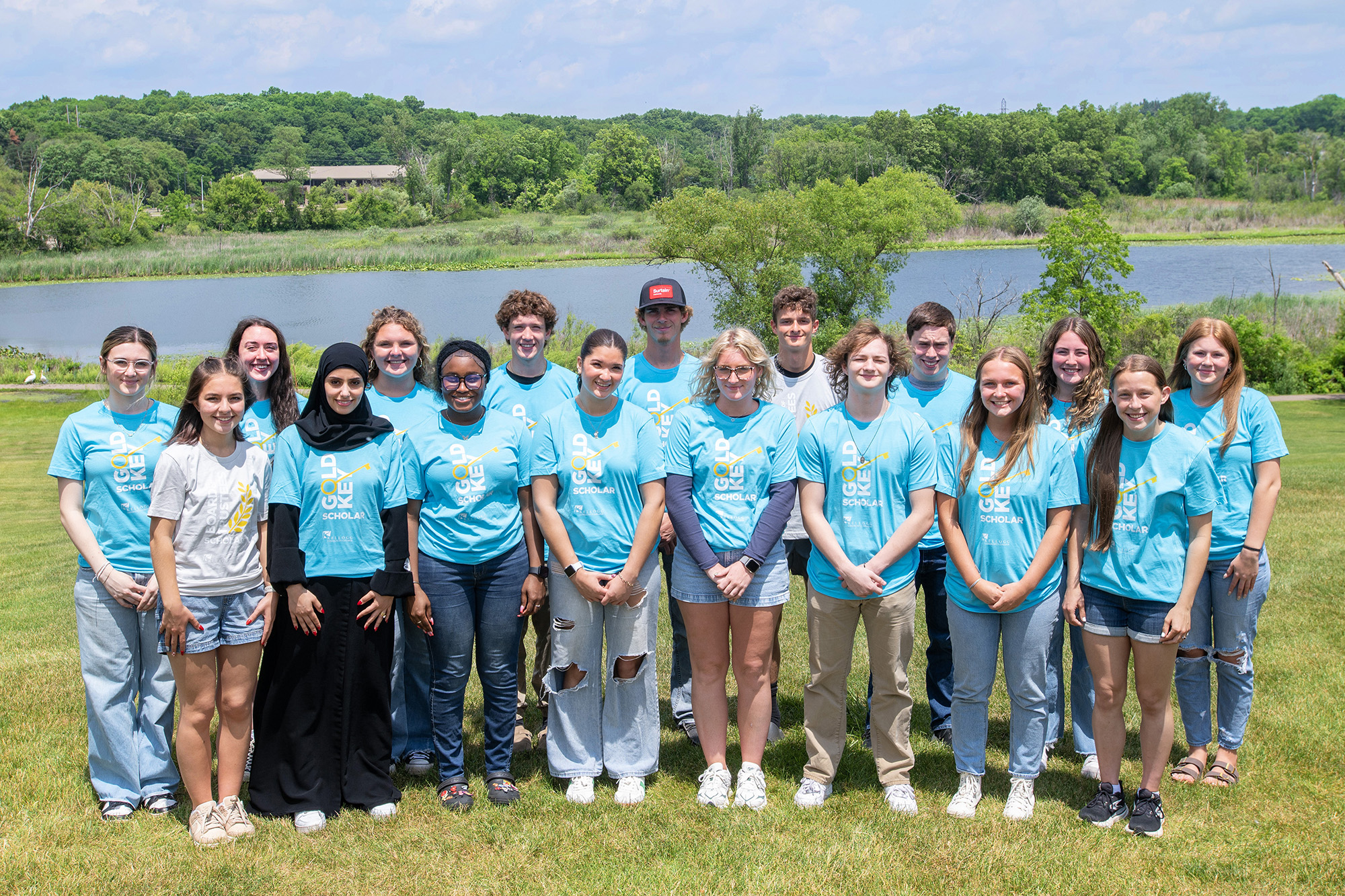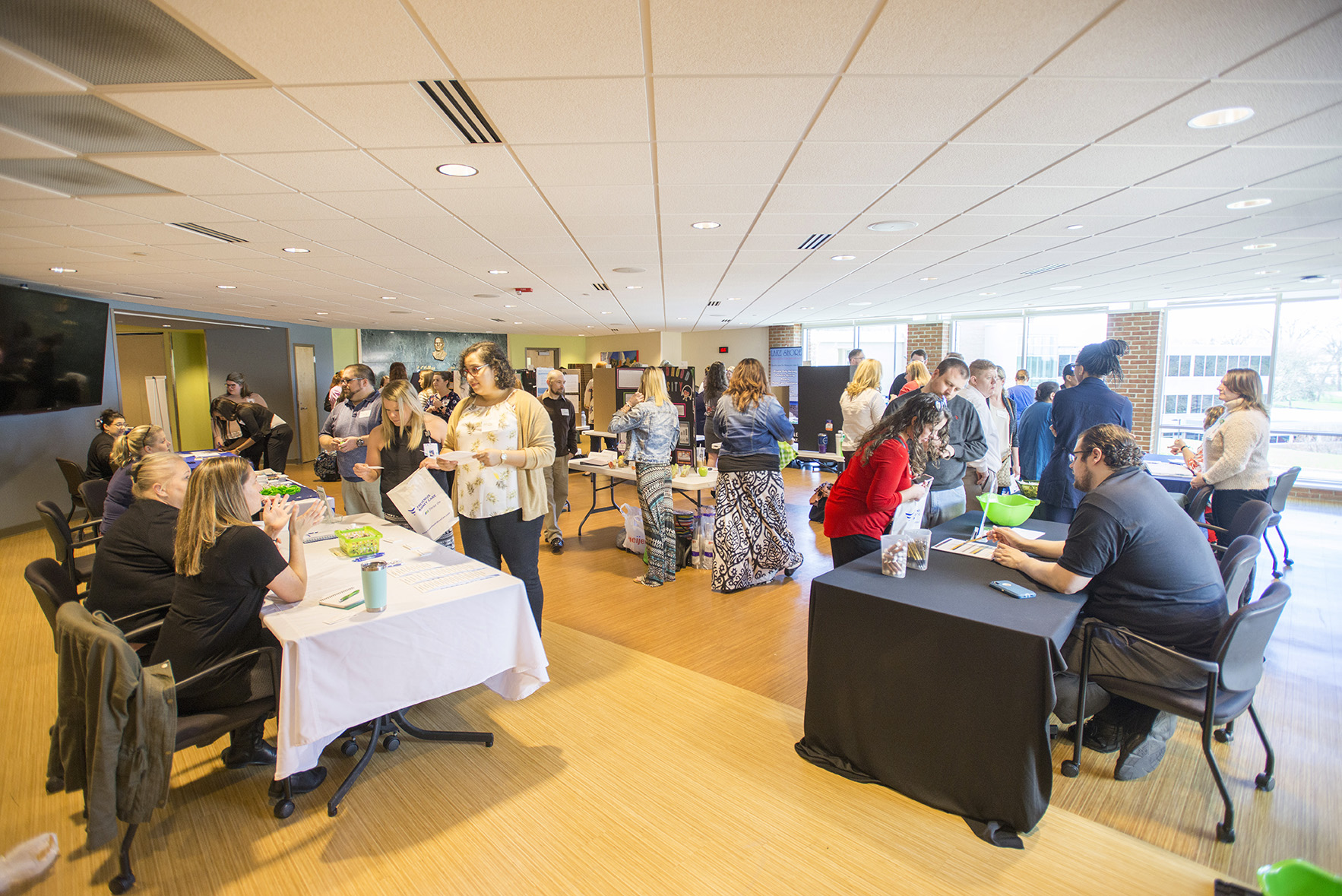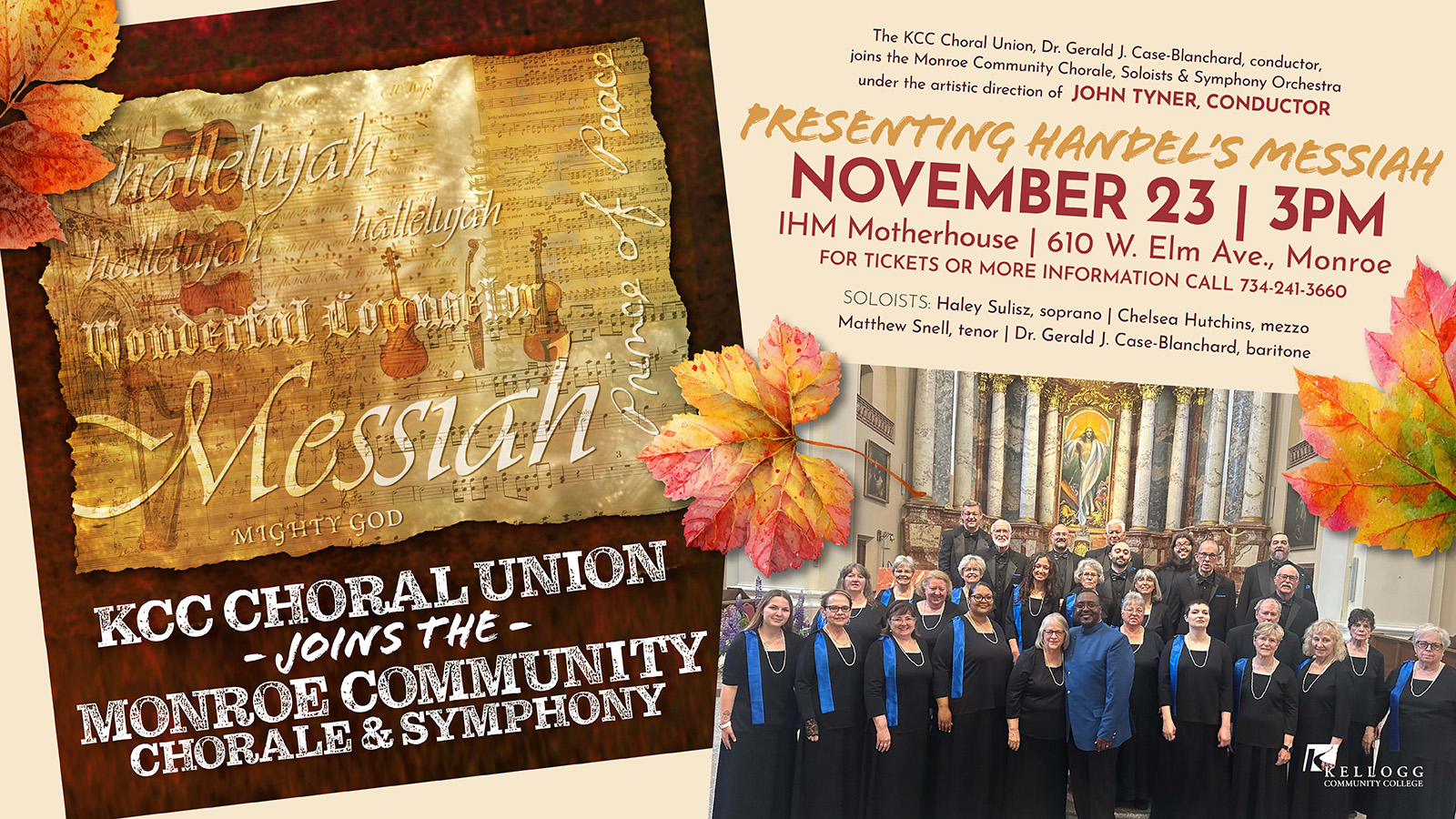Kellogg Community College creates economic value in various ways, from helping students increase their lifetime earnings to generating a return on taxpayer investment in south central Michigan.
A new study commissioned by KCC in early 2020 shows that the College has an annual impact of $160.5 million on its three-county service area and directly or indirectly supports the existence of 2,862 jobs.
In other words, one out of every 38 jobs in the KCC Service Area – Barry, Branch and Calhoun counties – is supported by the presence and activities of KCC and its students, according to “The Economic Value of Kellogg Community College,” an analysis completed in May 2020 by Emsi, an Idaho-based labor market research firm.
“In addition to providing accessible, high-quality education that improves the lives of thousands of individuals, Kellogg Community College also strengthens the region’s economy by creating opportunities for residents and employers to thrive monetarily,” said Dr. Adrien L. Bennings, president of KCC. “As fiscal stewards entrusted with tax and tuition revenue, KCC works efficiently and diligently to provide a healthy return on investment for students and the communities we serve.”
KCC’s operations are funded primarily through tuition revenue, state appropriations and property tax revenue. KCC is consistently ranked as having one of the most affordable college tuition rates in Michigan.
Using a two-pronged approach that involved an economic impact analysis and investment analysis, the Emsi study calculated the benefits received by KCC’s major stakeholder groups, including students, taxpayers and society. Results of the analyses reflect the 2018-19 fiscal year.
Highlights of the economic impact study include the following:
Alumni Impact
- Over the years, students have studied at KCC and entered or re-entered the workforce with newly acquired knowledge and skills. Today, thousands of these former students are employed in the KCC Service Area.
- The net impact of KCC’s former students currently employed in the regional workforce amounted to $120.6 million in added income in FY 2018-19.
Operations Spending Impact
- KCC employed 892 full-time and part-time faculty and staff. Payroll amounted to $32.1 million, much of which was spent in the region for groceries, mortgage and rent payments, dining out and other household expenses. The College spent another $18.9 million on day-to-day expenses related to facilities, supplies and professional services.
- The net impact of the College’s operations spending added $35.1 million in income to the regional economy in FY 2018-19.
Construction Spending Impact
- KCC invests in construction each year to maintain its facilities, create additional capacities and meet its growing educational demands, generating a short-term infusion of spending and jobs in the regional economy.
- The net impact of KCC’s construction spending in FY 2018-19 was $3.9 million in added income for the KCC Service Area.
Student Spending Impact
- Some in-region students would have left the KCC Service Area for other educational opportunities if not for KCC. These retained students spent money on groceries, mortgage and rent payments and other living expenses at regional businesses.
- The expenditures of retained students in FY 2018-19 added $960,200 in income to the KCC Service Area economy.
Student Perspective
- KCC’s FY 2018-19 students paid a present value of $16.6 million to cover the cost of tuition, fees, supplies and interest on student loans. They also forfeited $16.4 million in money that they would have earned had they been working instead of attending college.
- In return for their investment, students will receive $171.4 million in increased earnings over their working lives. This translates to a return of $5.20 in higher future earnings for every dollar students invest in their education.
- Students’ average annual rate of return is 19.1 percent.
Taxpayer Perspective
- Taxpayers provided KCC with $29.6 million of funding in FY 2018-19. In return, they will benefit from added tax revenue, stemming from students’ higher lifetime earnings and increased business output, amounting to $59.2 million. A reduced demand for government-funded services in Michigan will add another $5.5 million in benefits to taxpayers.
- For every dollar of public money invested in KCC, taxpayers will receive $2.20 in return over the course of students’ working lives. The average annual rate of return for taxpayers is 5.5 percent.
Social Perspective
- In FY 2018-19, Michigan invested $89.7 million to support KCC. In turn, the Michigan economy will grow by $680.7 million, over the course of students’ working lives. Society will also benefit from $18.9 million of public and private sector savings.
- For every dollar invested in KCC in FY 2018-19, people in Michigan will receive $7.80 in return, for as long as KCC’s FY 2018-19 students remain active in the state workforce.
For more news about Kellogg Community College, view our latest press releases online at https://daily.kellogg.edu/category/news-releases.














